Norways Electric Vehicle Revolution: In 2024, Norway achieved an unprecedented milestone in the global transition to sustainable transportation. A staggering 88.9% of all new cars sold were fully electric vehicles (EVs), marking a significant leap from the 82.4% recorded in 2023. This impressive shift places Norway on track to meet its ambitious goal of allowing only electric cars on its roads by 2025. This article delves into the policies, incentives, and cultural shifts that have made Norway a global leader in EV adoption, the challenges faced along the way, and the lessons other nations can learn from this Nordic country.
The Numbers Behind Norway’s EV Success
Norway’s adoption of EVs has been remarkable by any standard. The country’s registration data for 2024 reveals the following:
| Year | EV Market Share | Hybrid Market Share | Petrol/Diesel Market Share |
|---|---|---|---|
| 2022 | 79.3% | 8.7% | 12% |
| 2023 | 82.4% | 7.2% | 10.4% |
| 2024 | 88.9% | 5.3% | 5.8% |
This transition has been supported by a consistent rise in public trust and infrastructure readiness, alongside progressive government policies.
Why Norway Leads in EV Adoption
1. Incentives for EV Owners
The Norwegian government has made EV ownership highly attractive by offering a range of financial and practical incentives. These include:
- Tax Exemptions: Fully electric vehicles are exempt from import and value-added taxes (VAT), significantly reducing upfront costs.
- Toll Reductions: EV owners pay reduced or zero toll fees on Norwegian roads.
- Parking Benefits: Free or discounted parking in many urban areas further incentivizes EV adoption.
- Bus Lane Access: EVs are allowed to use bus lanes, reducing commute times in congested areas.
2. High Taxes on Fossil Fuel Cars
Norway’s “carrot and stick” approach is not limited to incentives. The government imposes hefty taxes on petrol and diesel vehicles, discouraging their purchase. High registration fees and fuel taxes make owning an internal combustion engine (ICE) vehicle significantly more expensive.
3. Stable Policies Across Governments
One of the key factors behind Norway’s success is the consistency of its policies. Regardless of political changes, successive governments have maintained EV-friendly policies. According to Christina Bu, head of the Norwegian EV Association, “Predictable and long-term incentives have been crucial in building trust and encouraging EV adoption.”
4. Absence of an Automotive Lobby
Unlike many industrialized nations, Norway does not have a domestic automotive manufacturing industry. This has eliminated opposition from a powerful automotive lobby, allowing the government to introduce and sustain high taxes on fossil fuel vehicles.
5. Cultural and Environmental Awareness
Norwegians have a strong sense of environmental responsibility, rooted in their culture and education system. This societal commitment to reducing carbon emissions has contributed to the widespread acceptance of EVs.
EVs Overtake Petrol Cars on Norwegian Roads
By the end of 2024, battery electric vehicles (BEVs) accounted for 28.6% of all vehicles on Norwegian roads, surpassing the share of petrol cars. This milestone highlights the tangible impact of Norway’s policies and incentives on its overall transportation ecosystem.
| Vehicle Type | Share of Total Vehicles (2024) |
|---|---|
| Battery Electric Cars | 28.6% |
| Petrol Cars | 27.4% |
| Diesel Cars | 22.8% |
| Hybrid Cars | 11.2% |
| Plug-in Hybrids | 10% |
Lessons from Norway’s EV Revolution
Norway’s journey to becoming a global leader in EV adoption offers valuable lessons for other countries:
1. Consistency is Key
Policy stability has been one of the pillars of Norway’s EV success. Long-term, predictable incentives create confidence among consumers and businesses alike. Deputy Transport Minister Cecilie Knibe Kroglund states, “A broad package of incentives ensures predictability, encouraging investments in EV infrastructure and manufacturing.”
2. Incentives Work Better Than Bans
While some countries, like the European Union, plan to ban the sale of petrol and diesel vehicles by 2035, Norway’s approach focuses on encouraging EV adoption through incentives. Christina Bu explains, “Banning petrol and diesel cars could have alienated consumers. Instead, incentives make EV ownership a positive choice.” (Learn more about the EU’s EV plans here)
3. Invest in Infrastructure
Norway’s extensive charging network has been crucial to its EV revolution. Public and private sectors have collaborated to install fast chargers across urban and rural areas. For instance, Circle K, Norway’s largest fuel retailer, plans to match the number of petrol pumps with charging stations within the next three years.
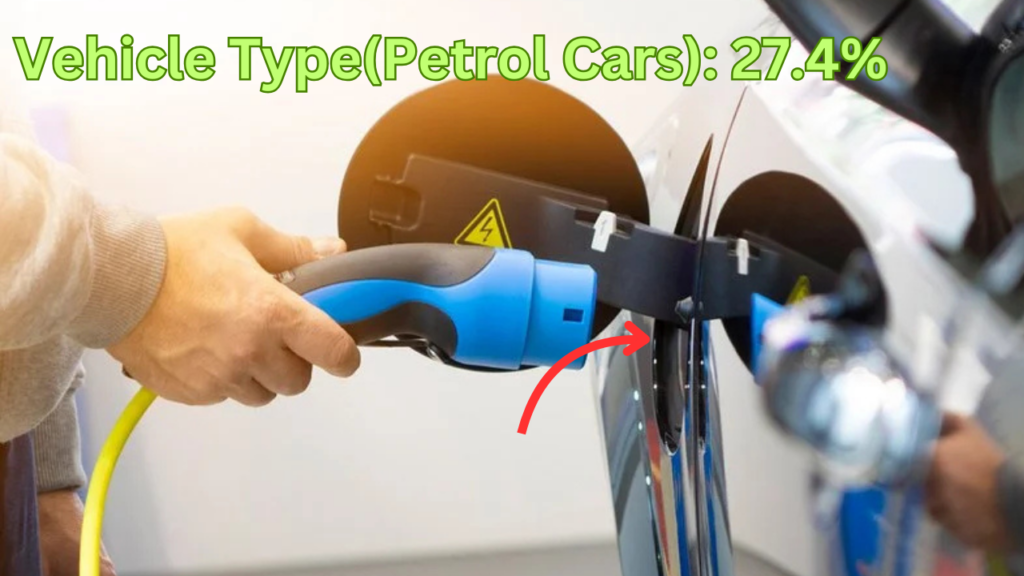
Challenges in Norway’s EV Transition
Despite its remarkable progress, Norway faces several challenges as it transitions to a fully electric vehicle fleet:
1. Winter Charging Issues
Charging EVs in Norway’s cold winters can be slower, which is a concern for some drivers. Desire Andresen, a 28-year-old caregiver, shares her experience: “Sometimes I miss the convenience of refueling a petrol car in five minutes. However, the environmental benefits outweigh this inconvenience.”
2. Tourism and Rental Cars
Rental companies in Norway continue to purchase ICE vehicles to accommodate tourists unfamiliar with EVs. Educating international visitors about EV use remains an ongoing challenge.
3. Grid Capacity
As EV adoption grows, Norway’s electricity grid must adapt to handle increased demand. Investments in renewable energy and smart grid technologies are essential to ensure reliable power supply.
Impact on Other Sectors
Norway’s EV revolution has had a ripple effect across various industries:
1. Fuel Stations
Fuel retailers are replacing petrol pumps with EV charging stations. Anders Kleve Svela, a senior manager at Circle K, states, “Within a few years, we will have as many charging stalls as fuel pumps.”
2. Automotive Repair
The rise of EVs has reduced demand for traditional car repair services, as electric cars require less maintenance. Workshops are retraining staff to handle EV-specific issues.
3. Real Estate
Charging infrastructure is becoming a key factor in real estate valuation. Properties equipped with EV chargers are more attractive to buyers and renters.
The Road Ahead: What’s Next for Norway?
Looking forward, Norway aims to achieve 100% EV adoption for new car sales by 2025. Key areas of focus include:
- Expanding Charging Infrastructure: Increasing the availability of fast chargers in rural areas.
- Improving Battery Technology: Supporting research into batteries that perform better in cold climates.
- Encouraging Commercial EVs: Promoting the adoption of electric trucks and buses.
5 Electric Vehicles: With the Highest Repair Costs
Norways Electric Vehicle Revolution: Conclusion
Norway’s electric vehicle revolution is a testament to the power of consistent policies, attractive incentives, and societal commitment to sustainability. By addressing challenges and continuing to innovate, Norway sets a benchmark for countries worldwide. With more than 50% of its cars expected to be electric within a few years, Norway is truly leading the charge toward a greener future.
Norways Electric Vehicle Revolution: FAQs
1. What percentage of cars sold in Norway in 2024 were electric?
- Fully electric vehicles accounted for 88.9% of new car sales in 2024.
2. What incentives does Norway offer for EV buyers?
- Tax exemptions, toll reductions, free parking, and bus lane access are among the key incentives.
3. Why is Norway’s EV policy successful?
- Consistent policies, attractive incentives, and a lack of an automotive lobby have driven success.
4. What challenges does Norway face with EV adoption?
- Winter charging issues, tourist preferences for ICE cars, and grid capacity concerns.
5. What is Norway’s target for EV adoption?
- Norway aims for 100% of new car sales to be electric by 2025

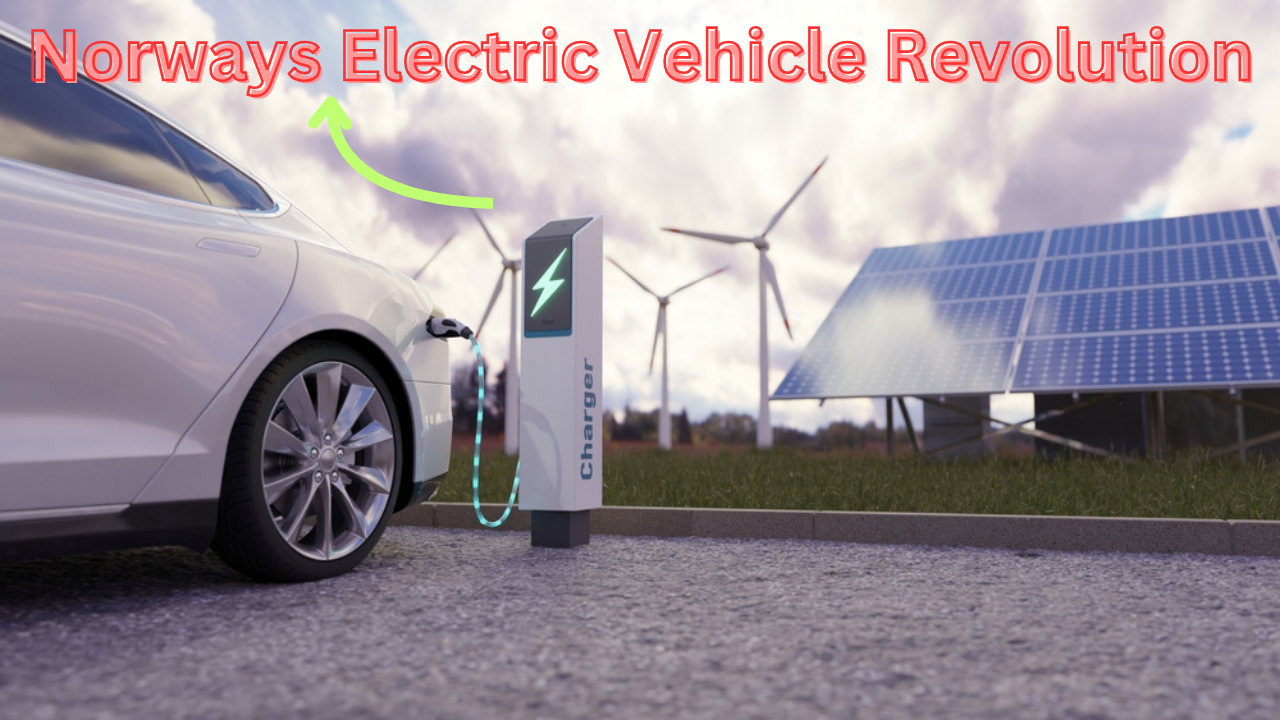

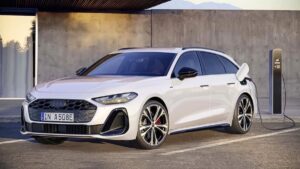


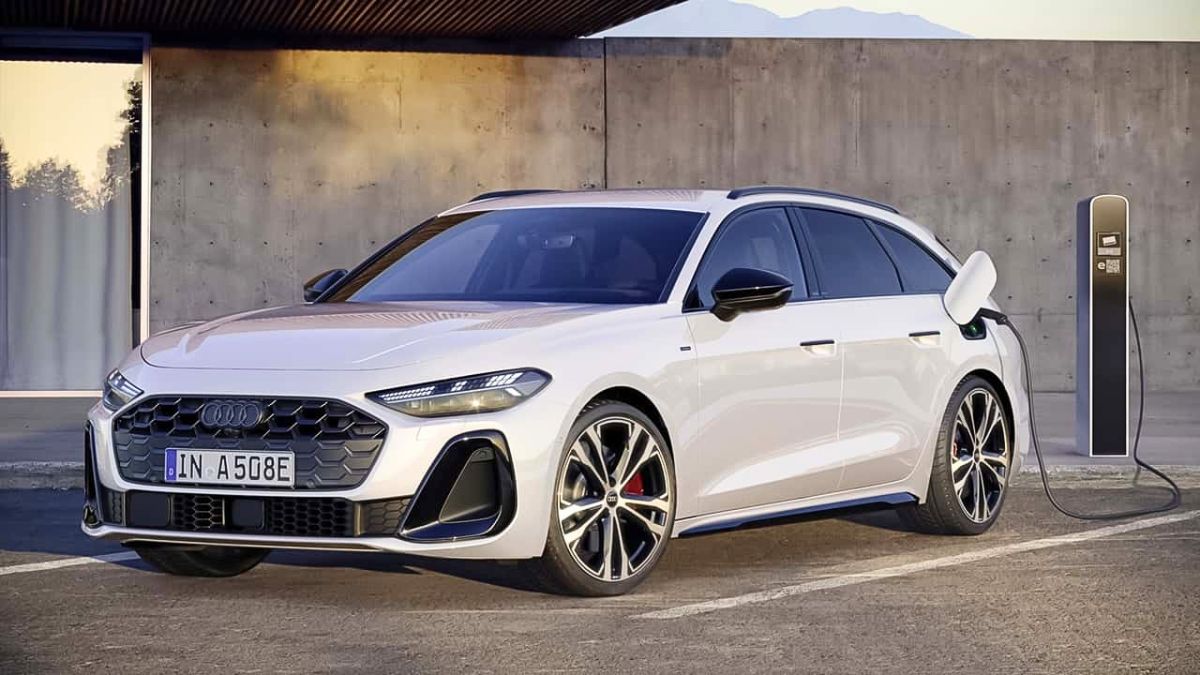

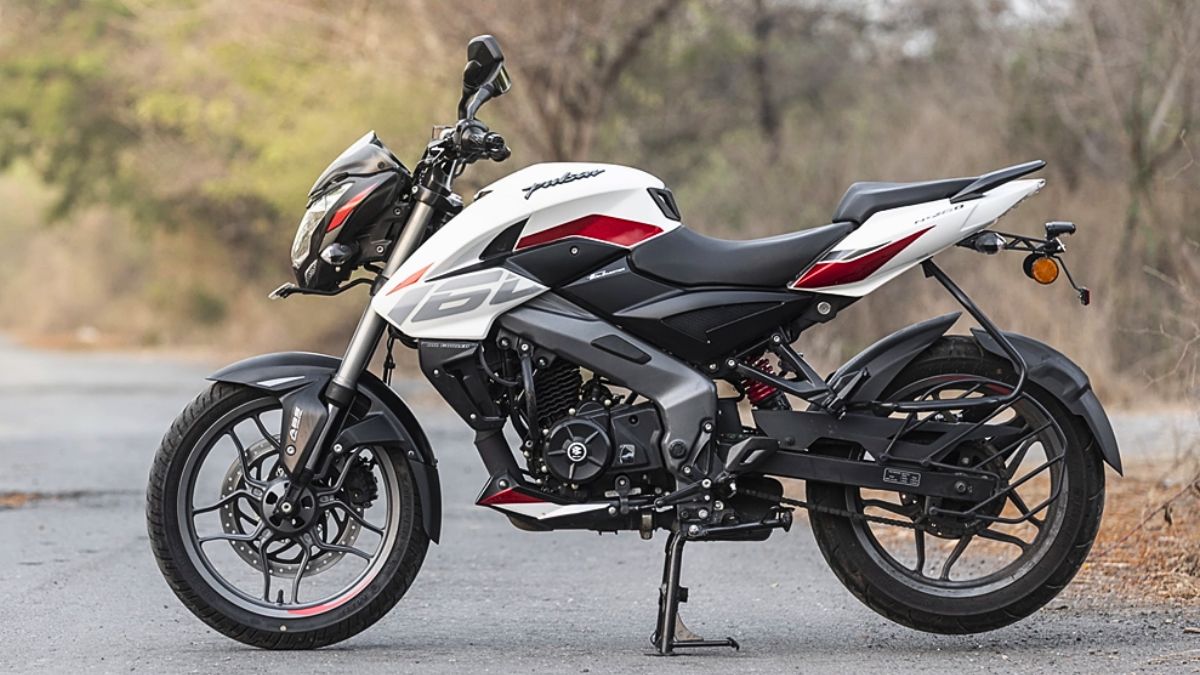
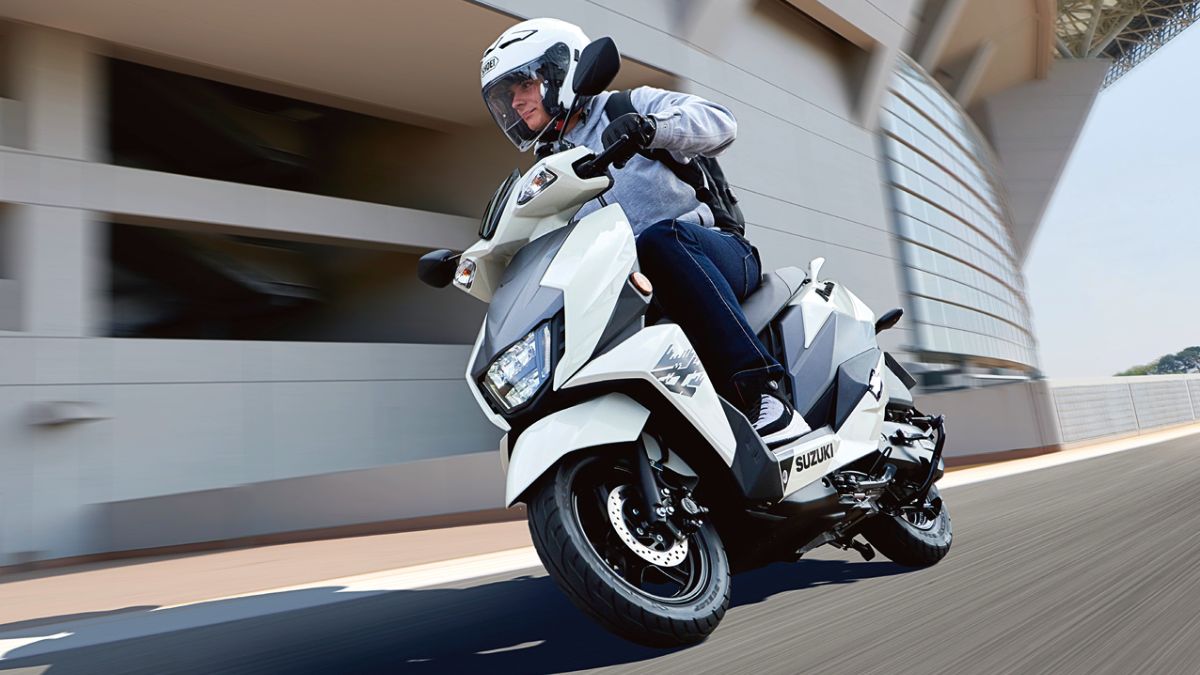
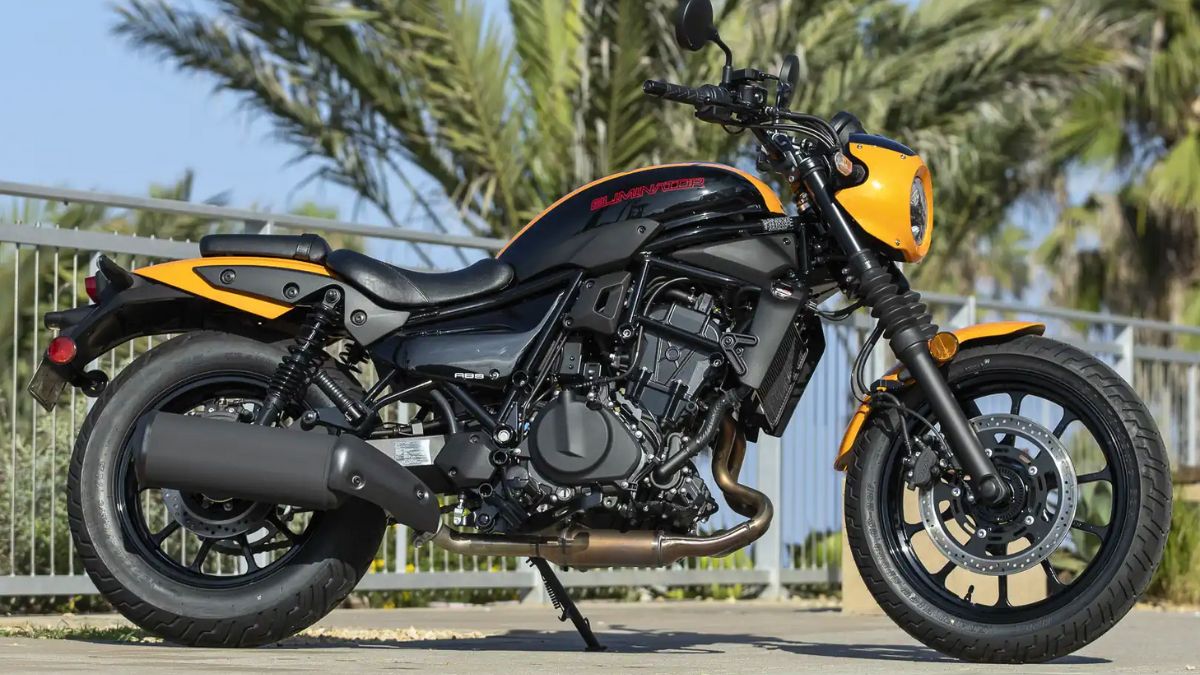
1 thought on “Norways Electric Vehicle Revolution: A Model for the World 2025”